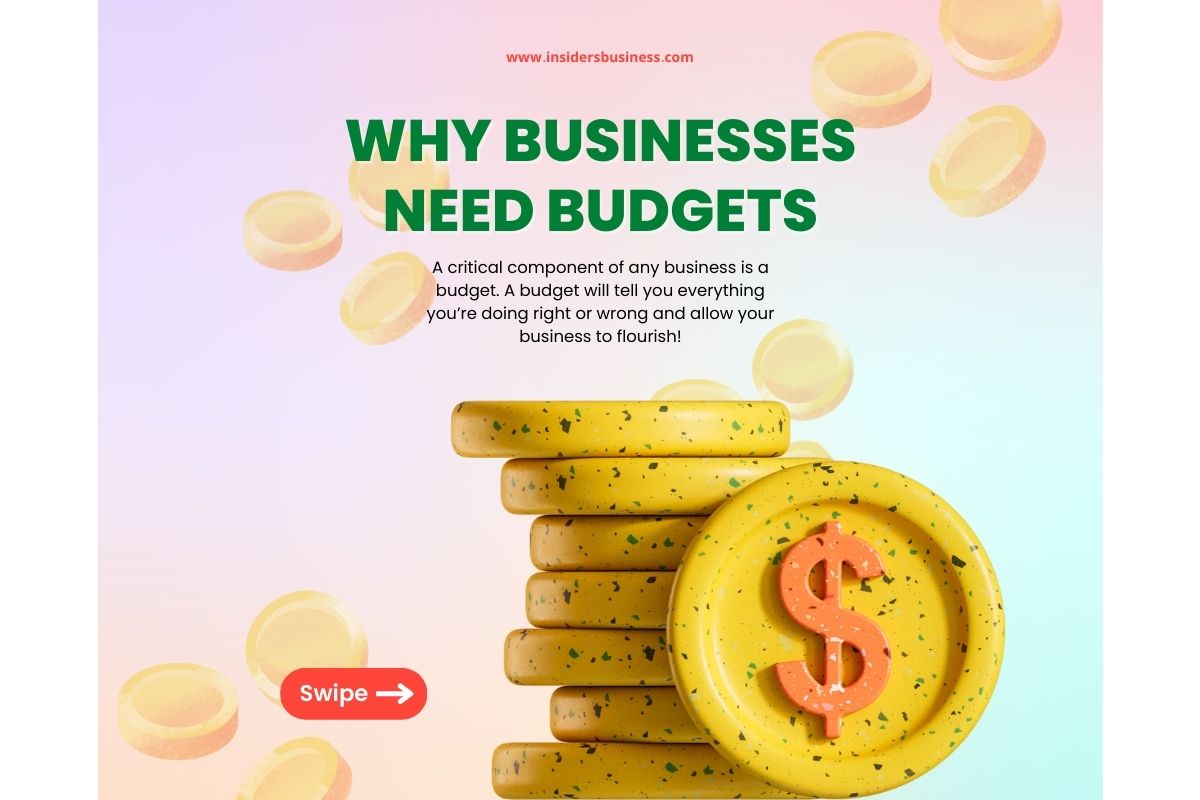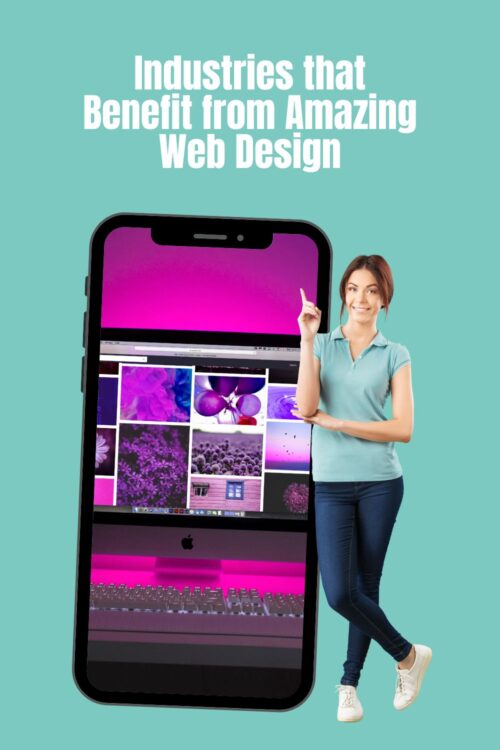Talk to any product design company, and they will let you know that rapid prototyping is an absolute requirement in product design development. Any product design and development company characterizes rapid prototyping as various techniques to promptly and efficiently manufacture a 3D model of a physical part or when piecing together. Product design companies do this method before venturing into manufacturing.
Designstein Studios provides product design services and will give you the top reasons to use rapid prototyping for your parts, products, and concepts.
Why is rapid prototyping so crucial? Because a good product design services team wants to guarantee that your finished product is how you want it. You may have an idea of the main advantages of rapid prototyping. However, here are the specific justifications why you should consider rapid prototyping.
Time
When dealing with product design services, time is of the essence. Undoubtedly, rapid prototyping lets you discover and realize concepts five times swiftly.
For instance, when you look at a drawing on a piece of paper or view a 3D model on a computer screen, the possibility is that you do not get the complete account of the image. When you have a tangible model readily available, you can receive priceless feedback about how your model works for its determined function. Models must be physically handled, fitted, pushed, twisted, assembled, and everything else in and around it to productively test a design.
Rapid prototyping such as fused deposition, selective laser sintering (SLS), modeling (FDM), stereolithography (SLA), CNC machining, and vacuum casting doesn’t take a lot of time to produce. As long as you or your designer have the 3D CAD (Computer-Aided Design) file ready, anticipate 3–10 days to create prototypes. Making multiple models at once is highly recommended. Finding out what alterations need to be made early in the process and changing parts based on these findings will save you a lot of hassle, money, and time.
Money
Envision this synopsis of yourself having a fantastic idea. You know people will buy it. It has been relentlessly brainstormed, explored, researched, sketched up, and designed using CAD data.
This process is how your ingenious idea can go to pieces. Imagine you decide to disregard the prototyping phase because your product idea looks great on paper. Then, you take it straight to manufacturing, which is a huge deal since you need a hefty sum of money. Only to find out that there are some problems with the product now that you saw its physical shape. Now that the risks are too high. Tooling modification, which costs a lot, might not be enough to restore the product. This error could abandon the whole operation, and loads of money might go down the drain.
Rapid prototyping could have avoided this mistake if it was not overlooked. This process provides the means to change the design direction adequately, bringing trial and error with minimal financial risk to the surface.
Validation
When rapid prototyping provides a realistic physical model, business owners, clients, CEOs, stakeholders, board members, and investors understand the new concept better. These individuals have to understand and give the go-ahead to the idea to carry on financially supporting it. You can receive priceless assessments by proving the concept’s objective and letting people interact with the physical model.
Also, you can reveal physical models to potential customers, who will give you a good gauge on how good your idea is when it comes to desirability. This move can help you find out the actual requirements of the market. You can refine and validate the concept based on this blend of insight. It is also a great way to build confidence in your idea, especially before going the whole nine yards. This validation process makes it feasible to create handy and competitive products.
Materials
Rapid prototyping is perfect for products requiring high adjustable strength or flexibility at specific points because it uses a vast assortment of materials to execute these specifications. When outlining a new product, designers can have a good hunch on its end performance by prototyping with materials that share the same properties as the end product. It also gives you a hands-on feel of the product during its testing phase. Prototyping processes such as 3D printers, CNC machining, and vacuum casting all use plastic material. However, each plastic can work in amazingly different methods to get particular results.
When you do rapid prototyping, you can meticulously test and refine a concept. You can curtail design flaws and sign off on product marketability with a small number of prototypes. This method can set aside expensive errors or design mistakes and allow alteration early in the process. When testing prototypes, the step can help perfect the design towards the most effective and dynamic form. With every change, the invention improves, giving assurance for you, the designer, and the end-consumer.



